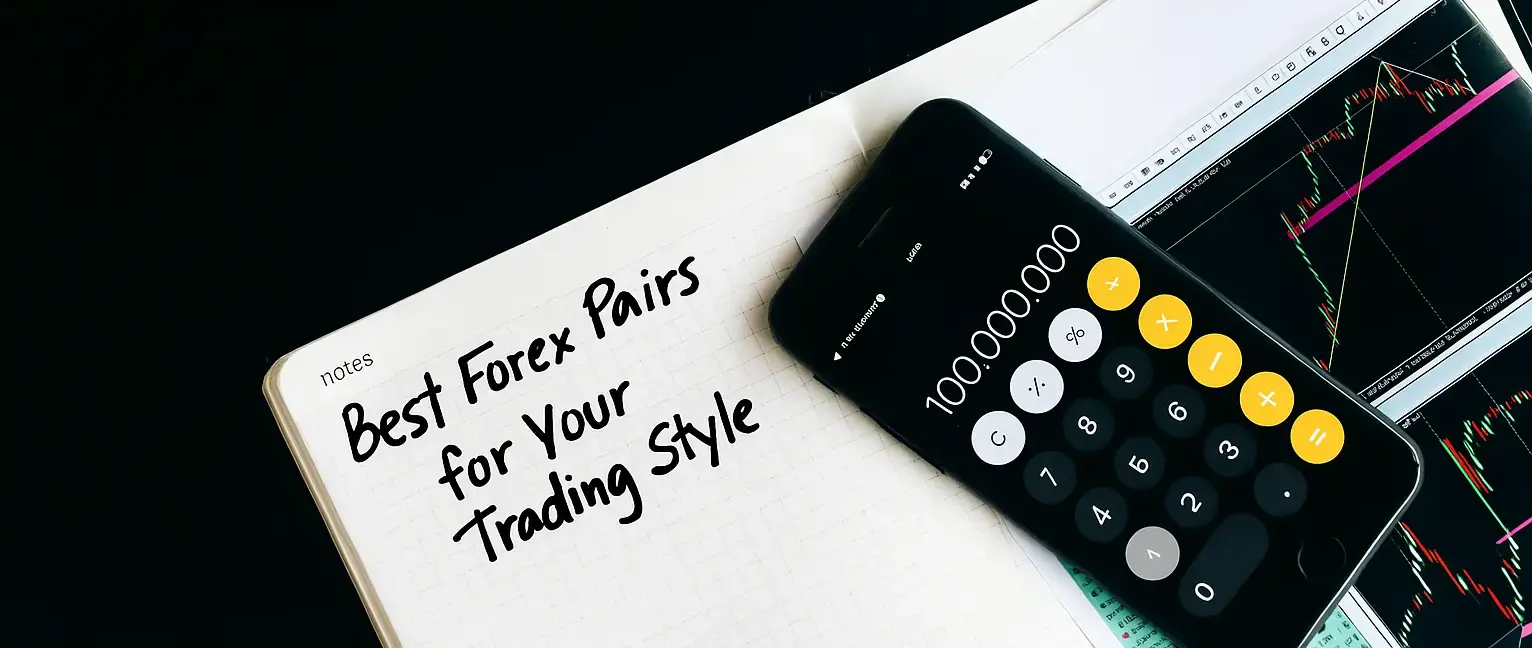How Many Trading Days in a Year and Why That Matters!
Written by Emma on May 22, 2025.Too long; Didn’t read:
Understanding how many trading days in a year—typically 252—is crucial for traders to optimize their strategies and make the most of market opportunities.
- Missing just a few of the best trading days can significantly impact returns, highlighting the importance of consistency and planning.
- This guide explains the trading calendar, its relevance, and actionable tips to maximize your performance.
Trading the financial markets is all about balance: following economic indicators, geopolitical events, risk management, discipline, and timing. A lot is going on behind the scenes for a successful trader. Whether you’re trading forex or gold, understanding how many trading days are in a year can help you maximize your opportunities and refine your strategy further.
Let’s dive into the nitty-gritty of trading calendars, how they affect youredge, and what happens if you need more preparation.
How Many Trading Days Are There in a Year?
The standard number of trading days in a year for most global markets is roughly 252 days. This figure comes from subtracting weekends and holidays from the standard 365 days per year. For example, within the United States, the New York Stock Exchange (NYSE) and Nasdaq follow this schedule. But why 252 trading days specifically?
It’s holidays and weekends, and it creates a consistent framework for all market participants. With 252 trading days a year, traders like you should have enough time to execute strategies while factoring in rest days (and let’s be real here, avoiding burnout!)
Quick Breakdown:
- Total days in a year: 365 (or 366 during leap years)
- Subtract weekends: -104 days
- Subtract market holidays: -9 days (varies depending on the region)
- Remaining days: 252 trading days per year.
Understanding this calendar seems trivial at first—until you realize that timing your entries and exits is crucial, whether you’re swing trading forex or scalping.
Why Are There 252 Trading Days?
So, why precisely 252 trading days a year? It’s a means to balance liquidity and assets. Market operators aim to provide ample opportunities for trades while ensuring enough downtime for market participants (and the systems themselves) to maintain efficiency.
This is particularly relevant in highly volatile markets. For example, some non-traditional markets, operate 24/7. However, regardless of what you trade, traders can benefit from tracking traditional calendars since stock market schedules often impact all trades and key economic data release times.
Maven Pro Tip:
While forex and other items may not close, monitoring traditional market hours can give you an edge. Major moves often align with overlapping trading sessions (e.g., London and New York.)

What Happens if You Miss the 10 Best Days in the Market?
Missing out on the best trading dayscan be catastrophic for your portfolio! A widely cited study shows that your returns can shrink dramatically if you miss just the ten best days in the market. For example:
- Staying fully invested in the S&P 500 from 1990 to 2020 would yield an annualized return of about 7.5%
- Missing the ten best days drops that 7.5% to 3.4%
- Missing the twenty best days? You’ll be almost flatlining at 1.4%.
Here’s the kicker: these “best days” often come immediately after massive downturns. This is one of the many reasons why it’s critical for you to stick to your trading plan and be present on as many trading days in a year as possible.
For Maven Traders, this is where discipline meets opportunity! Whether trading a funded account or working through a challenge, being active in the market allows you to capitalize on those rare, high-volatility days!
Why Trading Days Matter for Your Strategy
If you ask every successful trader the secret to their accomplishments, almost all of them repy, “Consistency is key.” The number of trading days a year directly affects how you plan your trades and allocate your capital. Here’s why:
1. More Days, More Data:
With 252 trading days a year, you have plenty of opportunities to refine your advantages. Track patterns, analyze trends, and consistently optimize your strategy.
2. Risk Management:
Maven Trading rules emphasize staying within drawdown limits. (Example: 4% per day or 8% per total.) By spreading out trades over more days, you reduce the likelihood of overtrading or blowing up your account.
3. Seasonality and Cycles:
Markets often follow seasonal trends. Gold may rally during uncertain times, while forex pairs react to central bank decisions. Knowing the number of trading days in a year helps you align your strategies with these cycles.
How to Maximize the Trading Days in a Year
The best traders learn to leverage every single one of the trading days a year by sticking to a structured plan. Here are some expert Maven actionable tips:
1. Plan Ahead with a Calendar
Mark major holidays, central bank announcements, and market closures. For instance, markets in the U.S. are closed on Thanksgiving and Christmas. If you trade international markets, note regional holidays like the Lunar New Year (which affects Asian markets.)
3. Stay Disciplined
Trading won’t and shouldn’t be all about hitting home runs daily—it requires showing up and sticking to the plan. Missing just a few key trading days can significantly affect your performance. Be present, prepared, and patient.
A Quick Maven Trading Note on Different Markets:
Not all markets have the same number of trading days. Here’s a general breakdown:
- Stock Markets: Usually 252 trading days.
- Forex: Open 24/5 (Sunday evening to Friday evening)
- Alternative assets: 24/7
While the forex and alternative markets technically have more “active” days, the most significant moves often occur during overlapping sessions or after major economic news.
Why Trading Days in a Year Matters for You
When you’re trading, everyday counts. Understanding how many trading days in a year—and why that number matters to you—can be the difference between hitting your profit goals and missing them. With 252 trading days a year, you have plenty of changes to execute your strategy, manage risk, and stay consistent!
Make the Most of Trading Year with Maven Trading
Don’t let another trading day slip by you. Join our Maven Trading community today, where we help you turn strategies into profits and traders into funded professionals. Start with a Maven challenge!
And remember: it’s not about timing the market; it’s about time in the market. Don’t miss your chance to make every trading day count!



